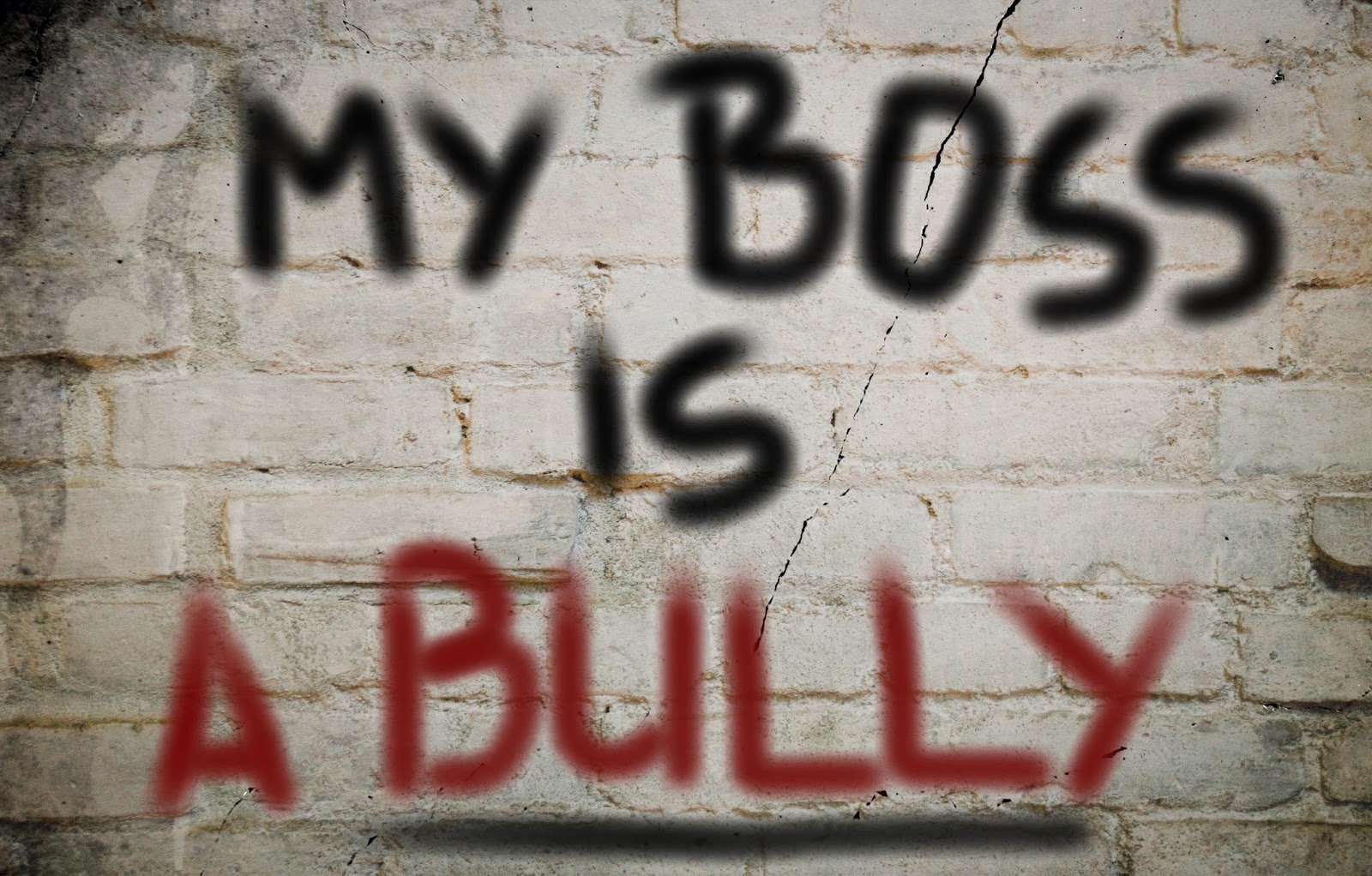

When I was in primary school, I was bullied by two older kids. It’s worth trying to figure out how we got here, and I’m going to need more than an online training module to help me.
It’s a ripe cultural moment which, like many such moments, is messier than it seems, animated by notions like social justice, retribution, victimhood and resilience. But a generational shift appears to be taking place, whereby such abuse of power is increasingly being called out. The school playground is essentially Lord of the Flies, especially for kids who are different, and the hierarchical nature of our work structures, by definition, generates the kind of power imbalance that bullying thrives on. And what is Russia’s war on Ukraine if not an epic case of nation-scale bullying?īullying has always been with us, of course.

It’s cancel culture and Twitter pile-ons. While these cases are yet to be resolved, the more you read about bullying, the more it seems to be there, hiding in plain sight. Opera Australia has launched an independent review into bullying claims, including this one.) (The case is in mediation.) In April, cast members of The Phantom of the Opera, then running in Sydney, alleged that Opera Australia artistic director Lyndon Terracini made an “offensive remark” to the show’s lead, Callum Francis. (Virgin denies the allegations, and is pushing the Federal Court to dismiss the case.) Network Ten reporter Tegan George accused her colleague and star commentator Peter van Onselen of consistently working to sabotage her career. The former chief pilot at Virgin Australia recently claimed that its chief executive, Jayne Hrdlicka, bullied him so badly he was forced to take medical leave. Virgin Australia CEO Jayne Hrdlicka is facing allegations of bullying from the company’s former chief pilot. It’s in the daily news, in the very air we breathe, a near-constant drumbeat of tyrannical infractions, of ridicule and coercion and intimidation and gaslighting, of malignant, executive-level ego-tripping and habitual arseholery. In truth, the best bullying awareness training is all around us, in the classroom and the boardroom, in our hospitals and houses of parliament. Most concerning was the fact that I scored 98 per cent in the assessment tasks, which is the first time I had scored so high in any test in my entire life, and which could indicate that I am either an accomplished bully or that the barrier to passing was so low as to be virtually meaningless. The course was well-intentioned and certainly comprehensive, but there was something about it that made me uneasy, starting with the fact that it was compulsory. Accompanying each module was a stiffly pantomimed tableau – an office worker, maybe Graham, slumped face-first on his desk in despair a scowling man with aggressive facial hair wagging a finger at a terrified-looking young woman, and two smug hipsters, heads back, smiling and laughing, presumably because they had successfully purged their office of bullying. There were case studies of prototypical bullying behaviour, where, for example, David keeps telling Nigel racist jokes in front of Juang, or where Ellen consistently fails to acknowledge Graham in front of his colleagues. There were modules on why people bully (“the thrill of exercising power”, “peer pressure”) what to do if you are bullied (“keep a record of events”, “make copies of any supporting documentation”) potential victims (everyone), and the monetary cost of bullying (estimated to be up to $35 billion each year, according to a 2010 report by the Productivity Commission). One thing that did strike me, however, was the presence this year, for the time that I could remember, of a course titled Bullying and Harassment for Employees.Īt an estimated completion time of 55 minutes, it took far longer than I had expected. The compliance training industry, which is now worth some $5 billion worldwide, has long since migrated most of these courses online, often delivering them in multiple-choice formats sufficiently banal to induce a neuro-vegetative state in participants. Not so long ago, such training would have been done in person, in a room, with lots of opportunities for entertaining role-play. There were 10 of them in all, including Grievance Management Guidelines, Security Awareness, Information and Cyber-Security and, of course, Work, Health and Safety Fundamentals.
#Office bully boss movie series#
Like many Australian office workers, I was forced by my employer to complete a series of online training courses this year. This story is part of the June 4 edition of Good Weekend.


 0 kommentar(er)
0 kommentar(er)
